Choose electrical testing tools that are suitable for industrial work, then keep an eye on them for abrasions and other damage that eventually occur with use. This way, you'll never have to worry about the failure of a test lead or probe—or the consequences there of.
4. Inspect test lead insulation.
Check to make sure the insulation is not nicked or cracked. With age the insulation material—whether PVC or silicone—can become dried out, brittle and susceptible to cracking.
5. A visual inspection will often catch any parts of the leads that have this problem.
Ensure there are no signs of gaps or cracks at the junction between the insulated wire and the molded banana plugs or probes at each end.
Verify correct voltage rating. Verify the meter and accessories are appropriately rated and designed for the system and equipment to which they will be connected.
6. Look for the IEC rating (e.g., CAT III or CAT IV) on your tester, and buy leads and other accessories that meet or exceed that rating.
Safety checking your equipment in the field can reduce hazard and ensure that all equipment is ready to go. Whether voltage testers or digital multimeters, a quick safety scan before working can also save time and money.
For more information on electrical testing tools, you can view www.autotoolsdepot.com.
 Tool seat
Tool seat
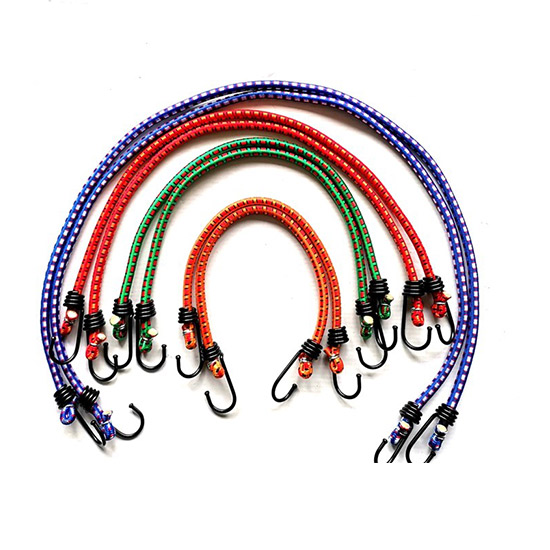 Stretch Cord
Stretch Cord
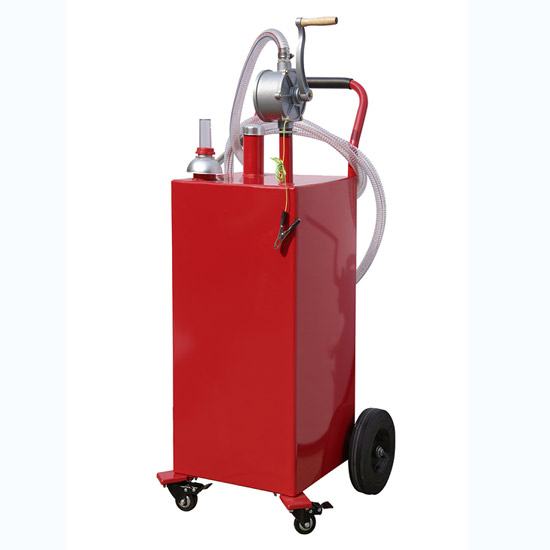 Oil Pump
Oil Pump
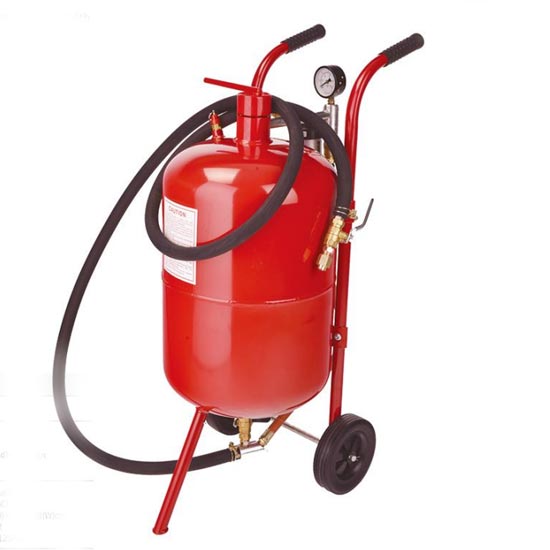 Sandblast Pot
Sandblast Pot
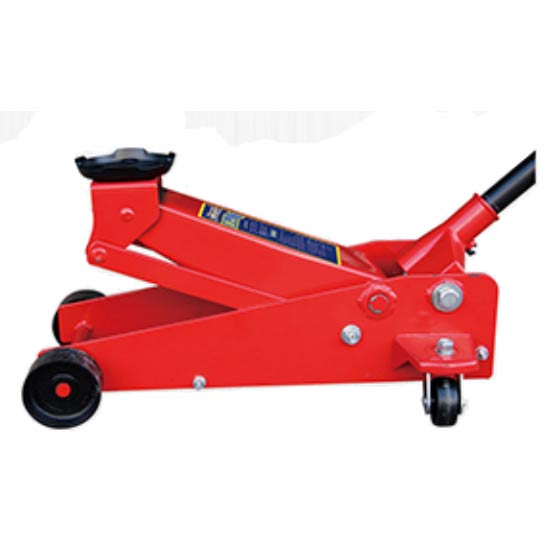 2.25 Ton Hydraulic Floor Jack
2.25 Ton Hydraulic Floor Jack
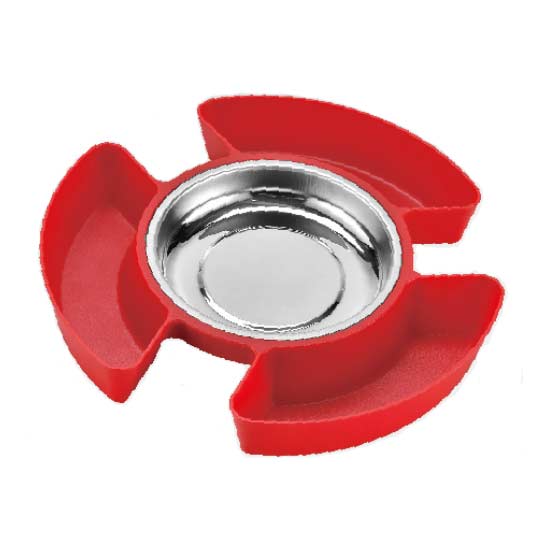 Magnetic Tray With Tool Plate
Magnetic Tray With Tool Plate
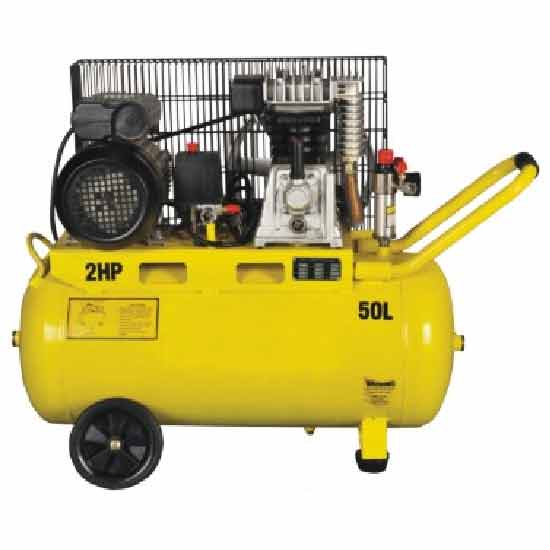 Single-stage Air-cool Movable Air Compressor
Single-stage Air-cool Movable Air Compressor
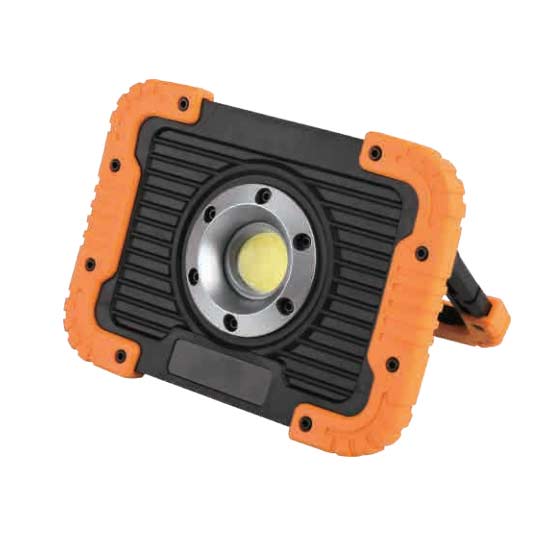 10W Rechargeable Led Flood Light
10W Rechargeable Led Flood Light
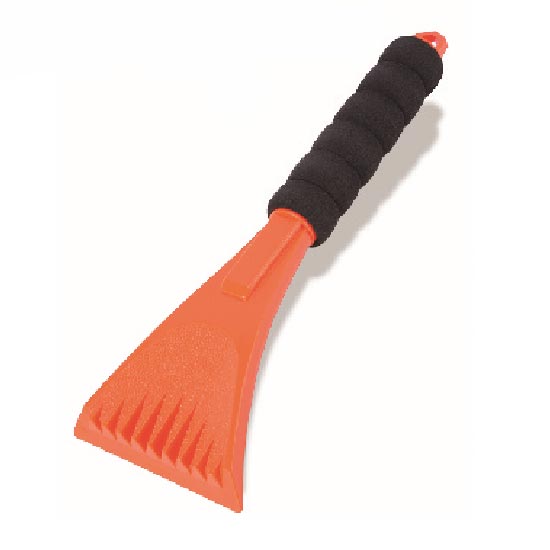 Ice Scraper
Ice Scraper
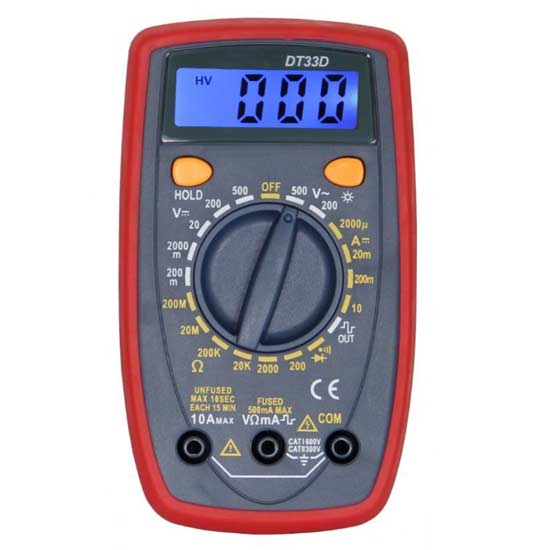 Small Multimeter with Backlight
Small Multimeter with Backlight
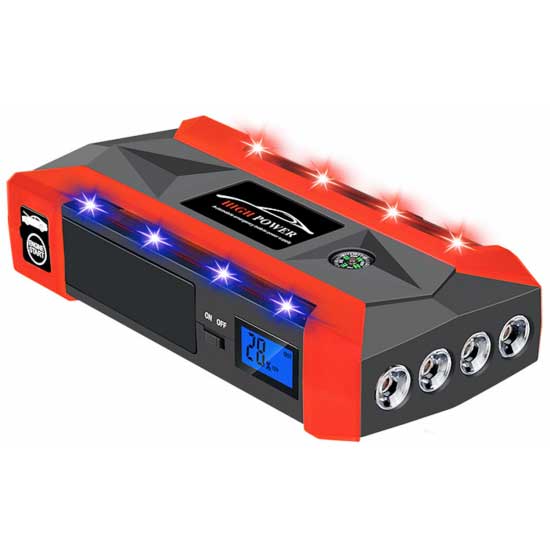 Jump Starter With 4 Led Lights
Jump Starter With 4 Led Lights
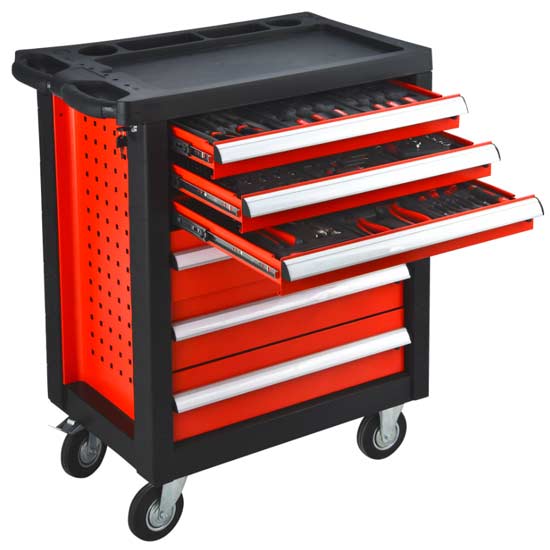 Steel Tool Cabinet
Steel Tool Cabinet
 Large Tool Cabinet
Large Tool Cabinet
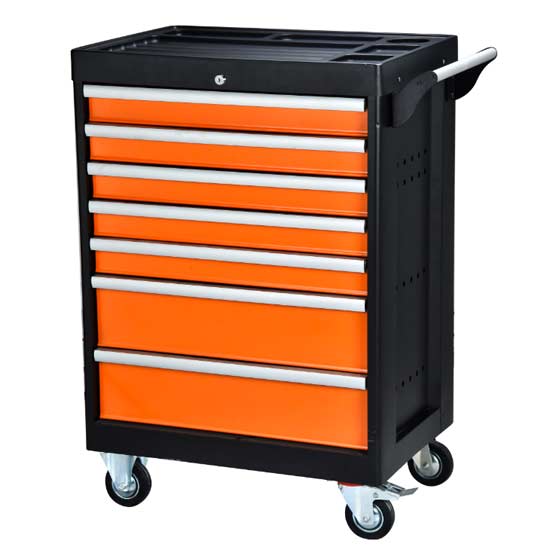 Tool Storage Cabinet
Tool Storage Cabinet
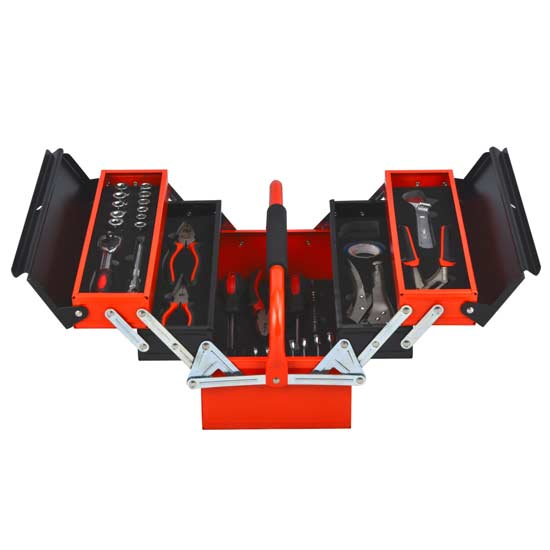 Metal Tool Box
Metal Tool Box
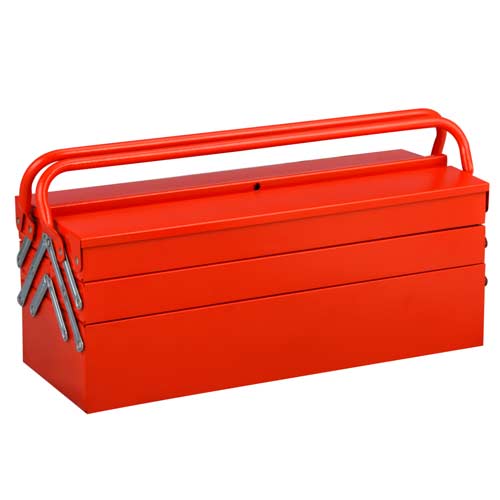 Large Metal Tool Storage Box
Large Metal Tool Storage Box
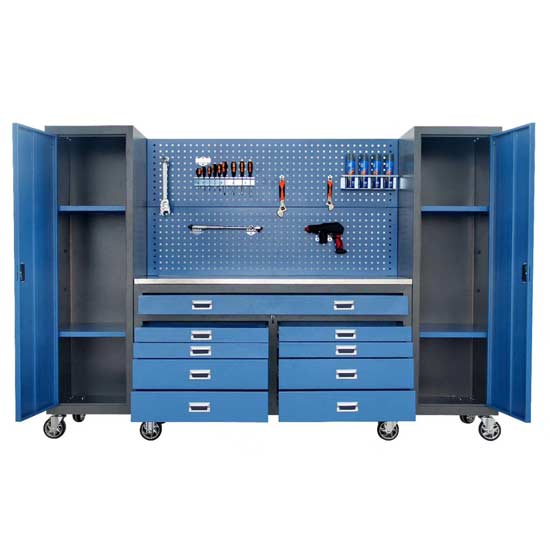 Blue Metal Tool Cabinet
Blue Metal Tool Cabinet
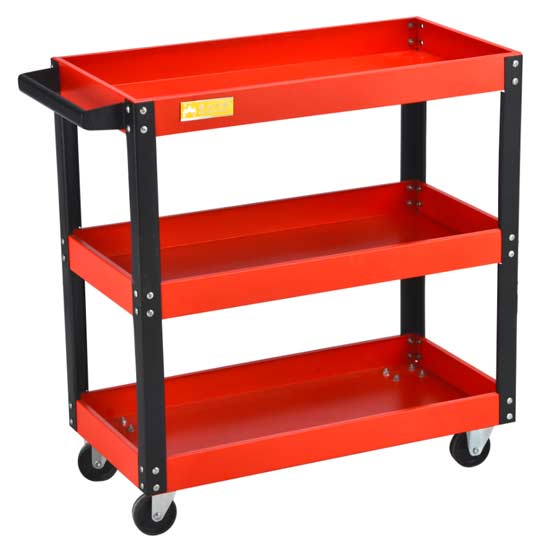 Red Steel Tool Trolley
Red Steel Tool Trolley
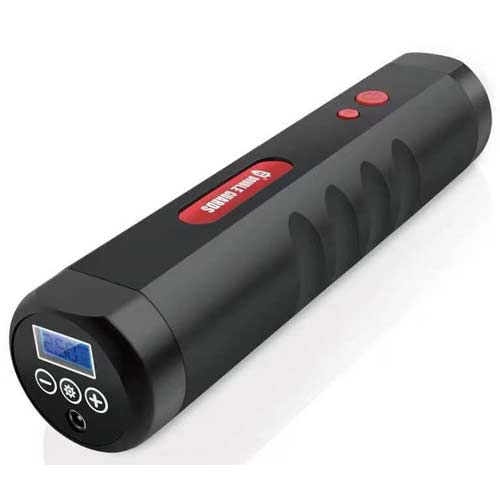 Portable Tire Inflator
Portable Tire Inflator
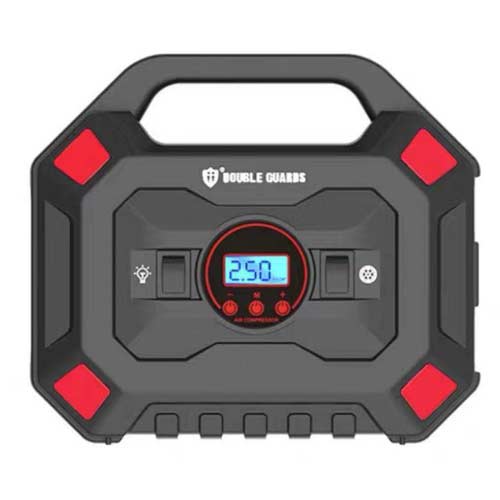 Custom Tire Inflator
Custom Tire Inflator
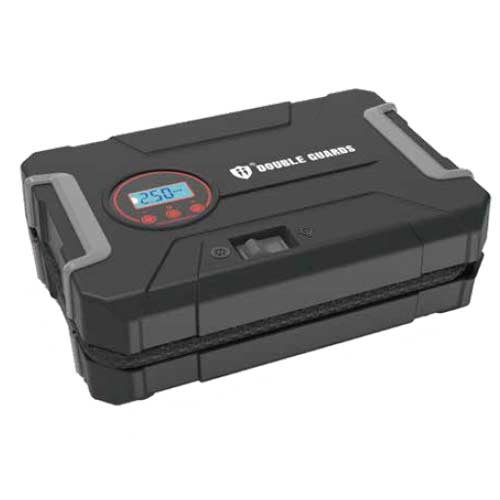 Tire Pressure Pump
Tire Pressure Pump
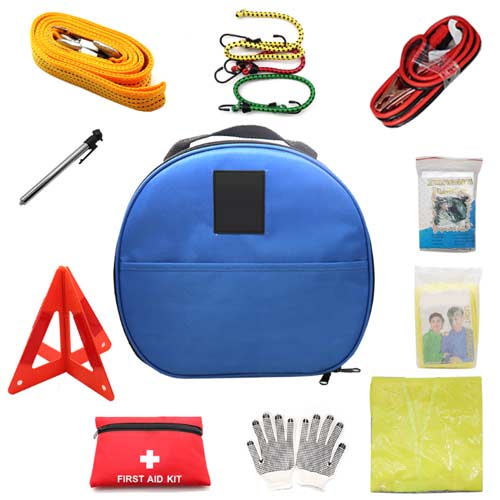 Auto Emergency kit
Auto Emergency kit